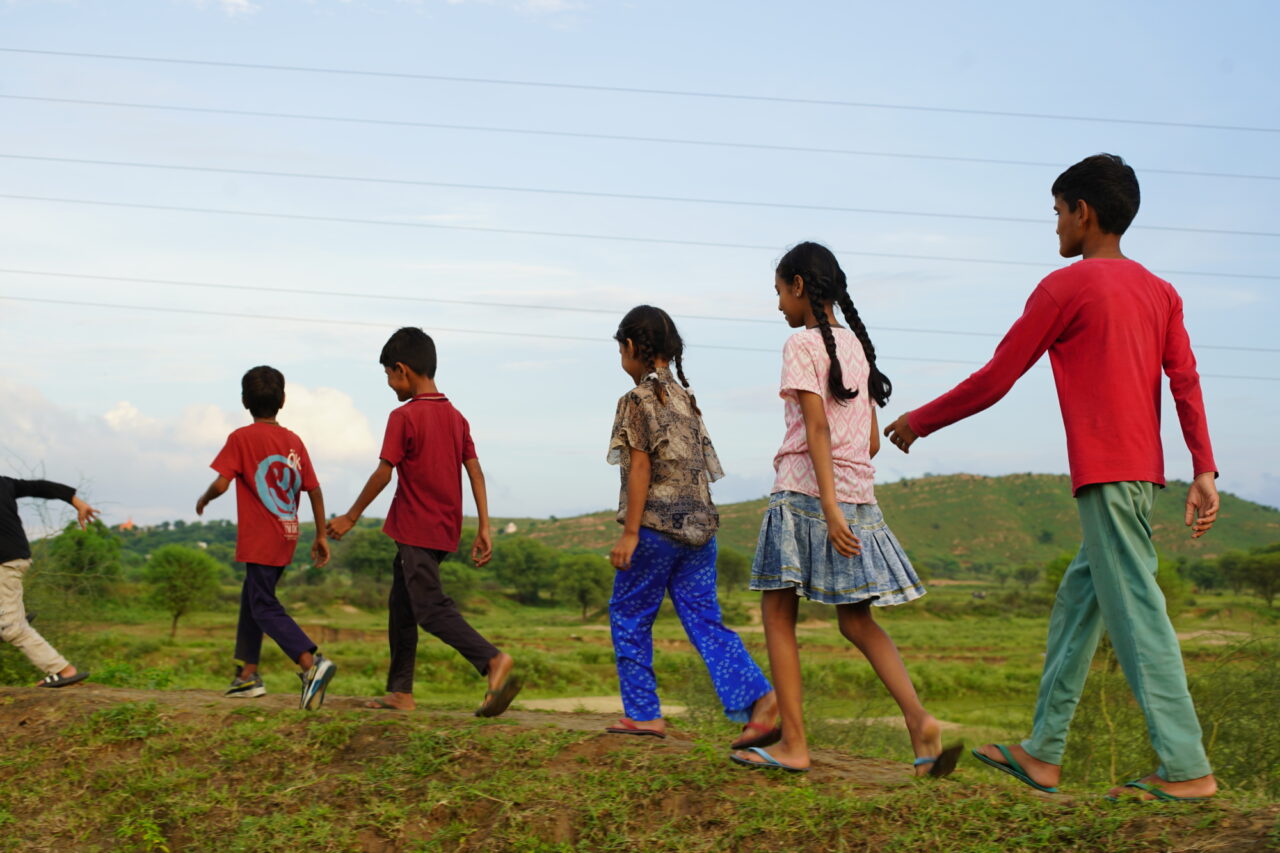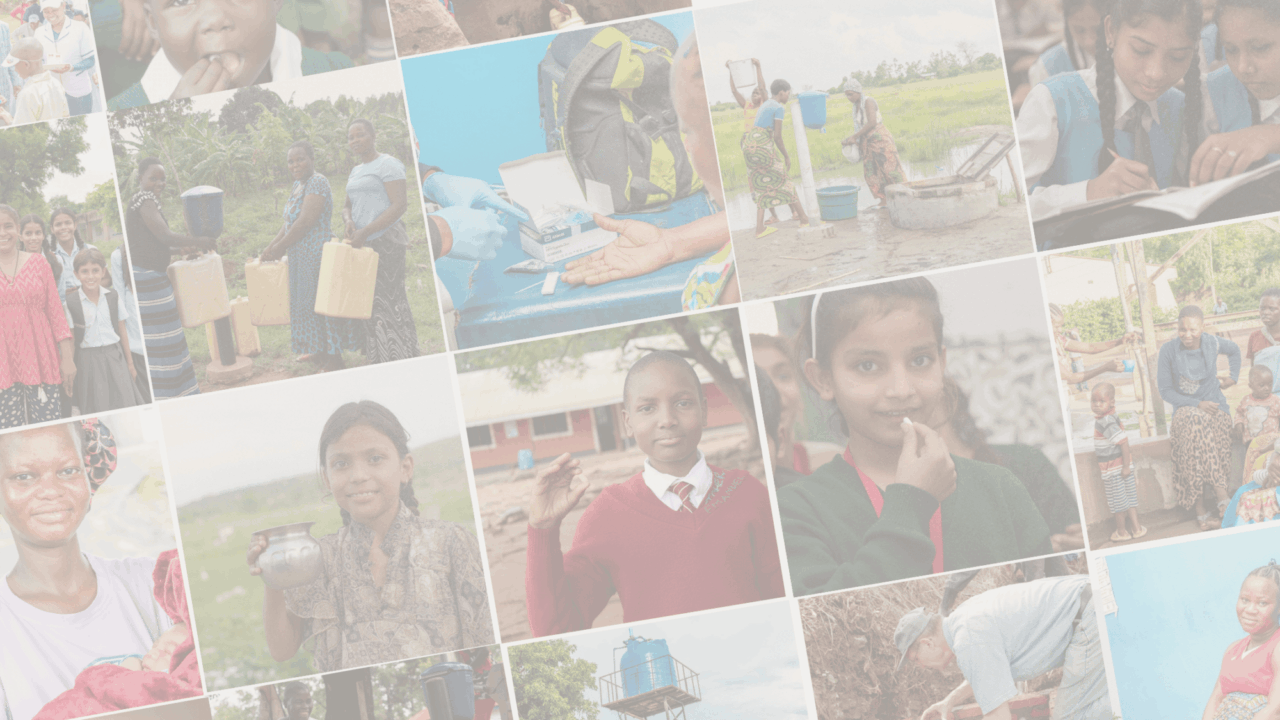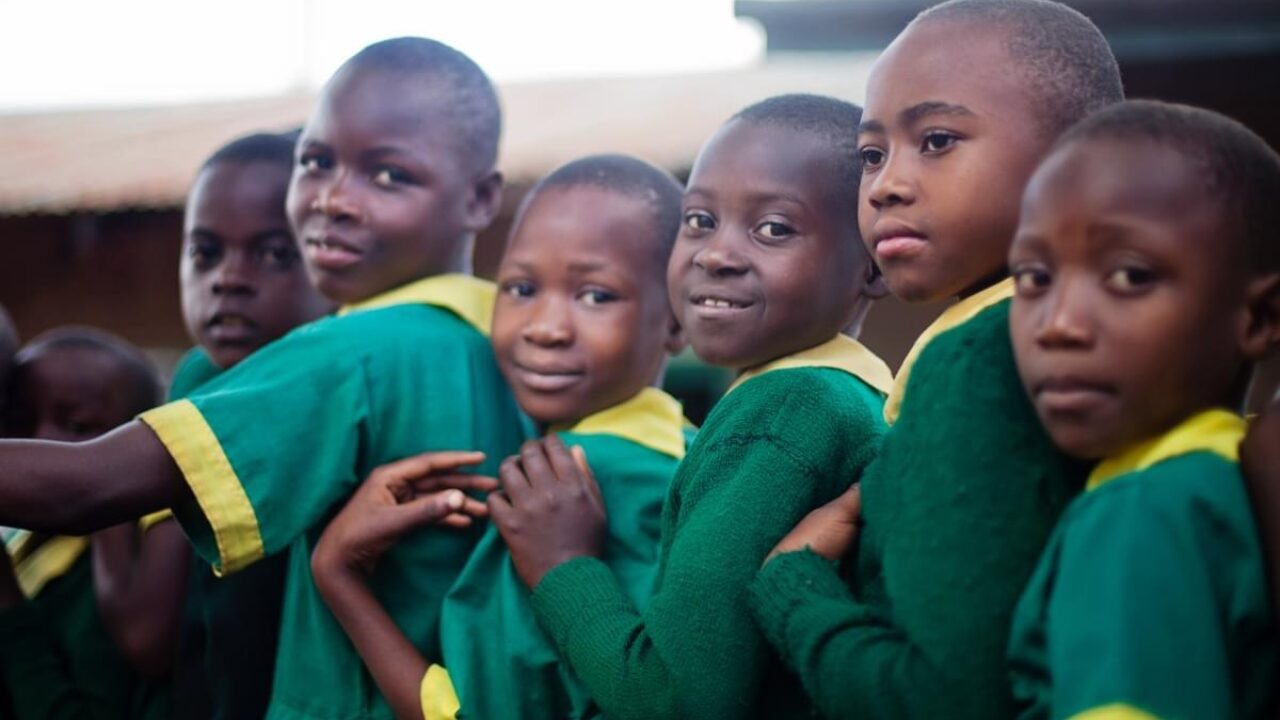Despite the mounting challenges in global health – from climate crises to pandemic threats – there is immense potential to save lives and improve health outcomes through known yet underfunded interventions. Evidence Action’s rigorous vetting and successful delivery show that investing in the most effective interventions can lead to transformative impacts on a global scale.
Unlike many development NGOs, we prioritize interventions based on our assessment of existing research against criteria of impact, scale, cost-effectiveness, and feasibility – a process that filters out all but the most promising solutions. This is in contrast to decisions led by donor agendas, what’s trending, or legacy approaches where evidence of effectiveness isn’t at the fore. It means we focus resources on the most neglected, low-cost interventions with the highest measurable benefit for those who need it most. Unfortunately, as you might expect, it can be harder to secure funding for causes that haven’t yet gained broad donor attention.
Here are some of the currently underfunded hidden gems we’ve identified — high-impact, scalable solutions with the power to change millions of lives. From safe water to newborn and adolescent health, the possibilities are unparalleled — if we can act now.
A drop in the bucket to address a crisis
Building water infrastructure and improving access has been a development sector priority for many years; over $2 trillion has been invested in water infrastructure over the past decade. But the truth is that digging wells and providing access to water isn’t enough to save lives. While unsafe water may be collected from rivers and ponds, it can also come out of wells, protected springs, and even taps. Millions still drink untreated water contaminated with life-threatening pathogens — even from improved sources.
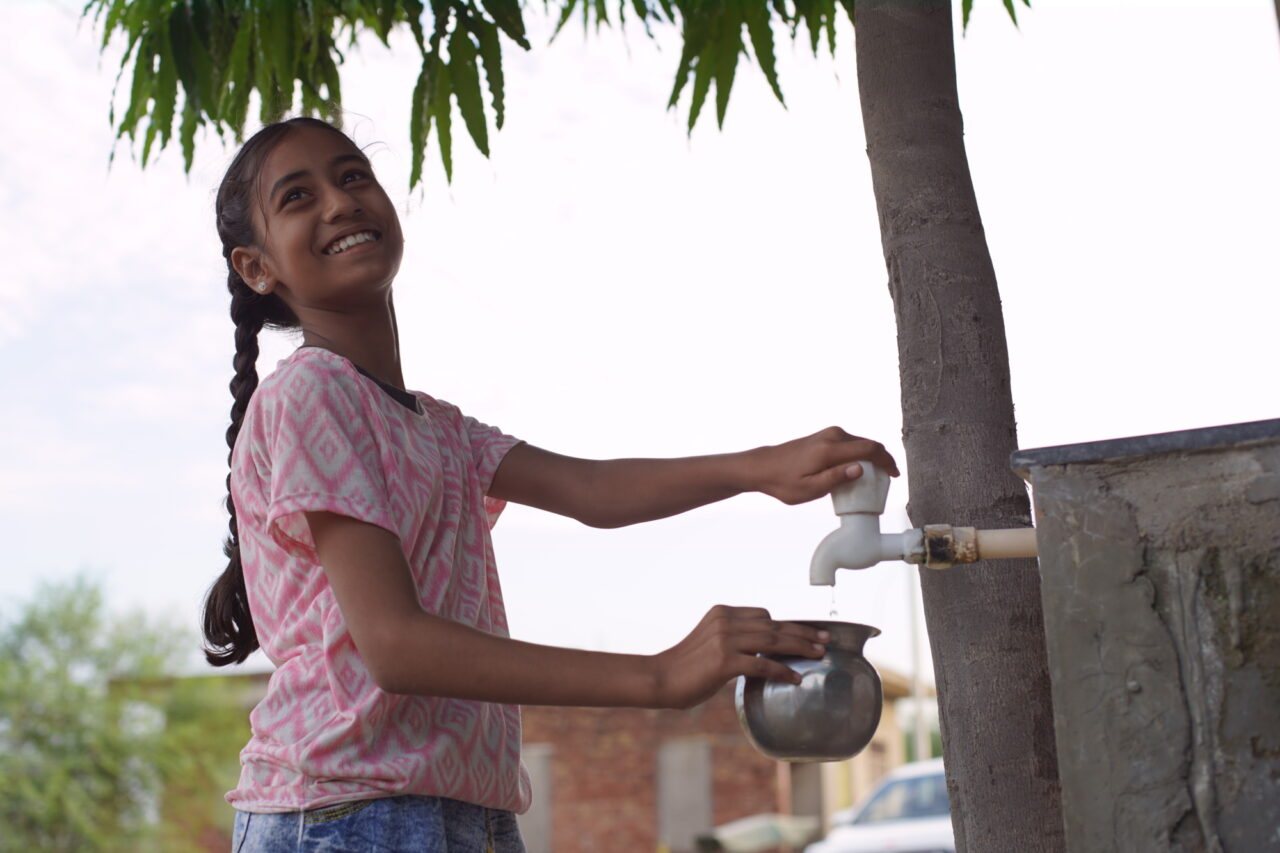
Contaminated water causes malnutrition, diseases like typhoid and hepatitis A, and diarrhea – the second-leading cause of child deaths, killing half a million children every year. Alarmingly, extreme weather is increasing the threat of outbreaks of waterborne disease like cholera around the world. Adding chlorine treatment to address water safety can unlock outsized health benefits. But, despite clear evidence that water treatment saves lives (preventing an astounding 1 in 4 child deaths), it remains severely neglected.
Chlorine treatment can be implemented anywhere, from water treatment plants in the U.S. to boreholes in rural Africa. It’s over 45 times more cost-effective than the WHO’s highly cost-effective threshold, making it one of the best investments in global health. In the last decade, our simple treatment devices have prevented 3 million cases of diarrhea and saved nearly 15,000 lives of children under 5. Less than $1.50 makes the difference between clean and contaminated water for one person for an entire year. Yet, half a million kids are still dying from diarrhea annually. With just a fraction of the funding already invested in water infrastructure, we can end millions of preventable deaths and transform communities.
Harnessing schools for a healthier generation
Schools are more than just places of learning — they are powerful platforms for delivering health interventions to children at scale. Our school-based model has proven to be highly effective, solving uptake and adherence challenges that often hinder program reach. At schools, Deworm the World has partnered with governments to administer over 2 billion deworming treatments, each costing less than $0.50. This effort has significantly reduced the risk of intestinal worm infections for tens of millions of children, enhancing their health, school attendance, and long-term wellbeing. We project that the initial decade of this program will yield $23 billion in lifetime productivity gains, redefining the future for an entire generation.
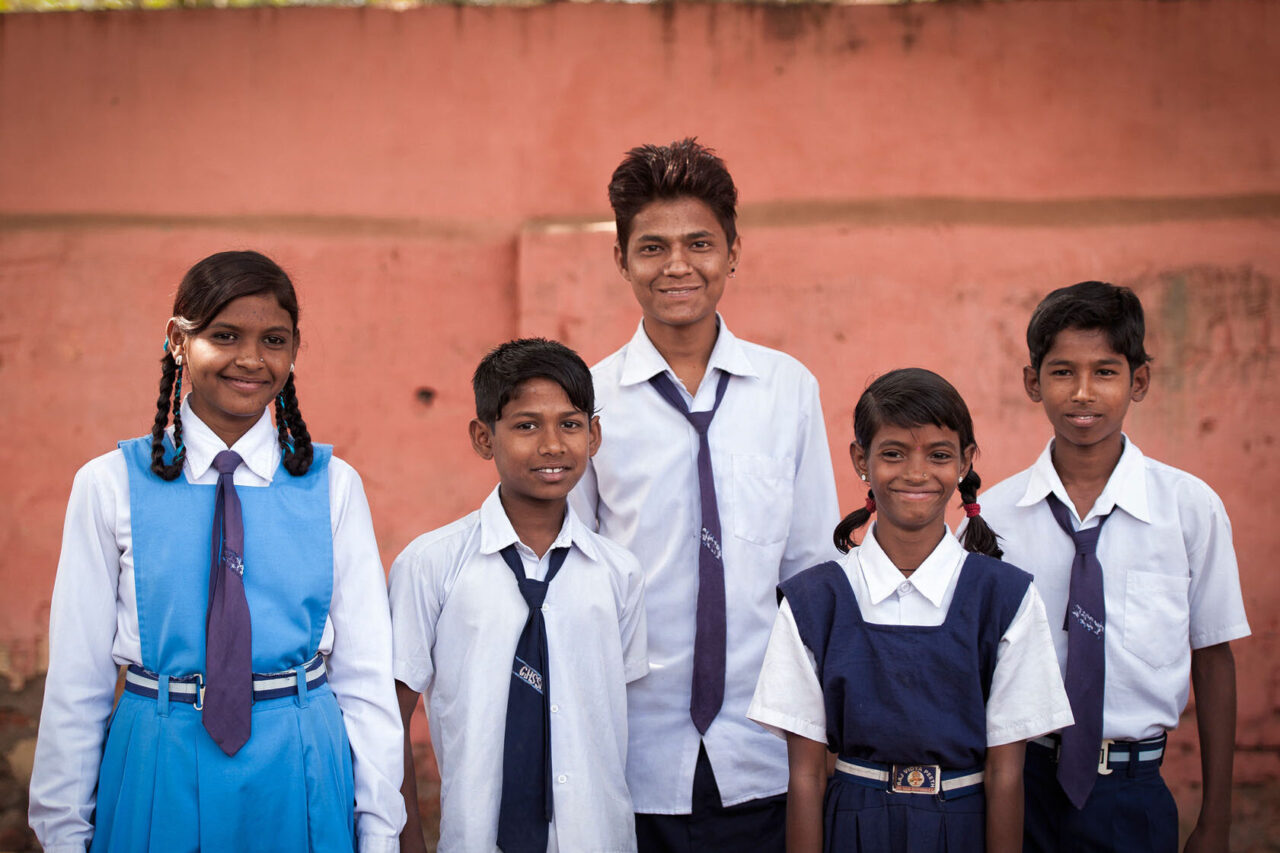
Adolescence is an extremely underfunded period for health, with schools an underutilized resource for supporting their development. Investing in adolescent girls' unique health needs during the critical ages of 10-19 can yield a tenfold return, ensuring they live longer, healthier, and more productive lives while driving economic and social benefits for communities. Anemia, a prevalent issue for adolescent girls, can have severe consequences including reduced physical and mental capacity, risky future pregnancies, and long-term disabilities — pushing girls further behind their male peers. To help close this gap, we leverage the lessons and strengths from our successful deworming initiatives to assist governments in delivering essential iron and folic acid supplements to prevent anemia and promote a better future for girls.
We're now turning our attention to HPV vaccination to protect girls from cervical cancer, a leading cause of death among women in low-income countries. School-based vaccination programs are used successfully in high-income countries with the strongest HPV vaccination rates, some of which are now reporting zero cervical cancer among vaccinated girls! Schools provide a vital opportunity for large-scale vaccination, achieving 35% higher coverage than health facilities – yet this approach remains largely untapped where it’s needed most. By investing in school health delivery, we can improve lives, boost productivity, and secure a healthier future for generations to come.
Surging rates but scarce resources
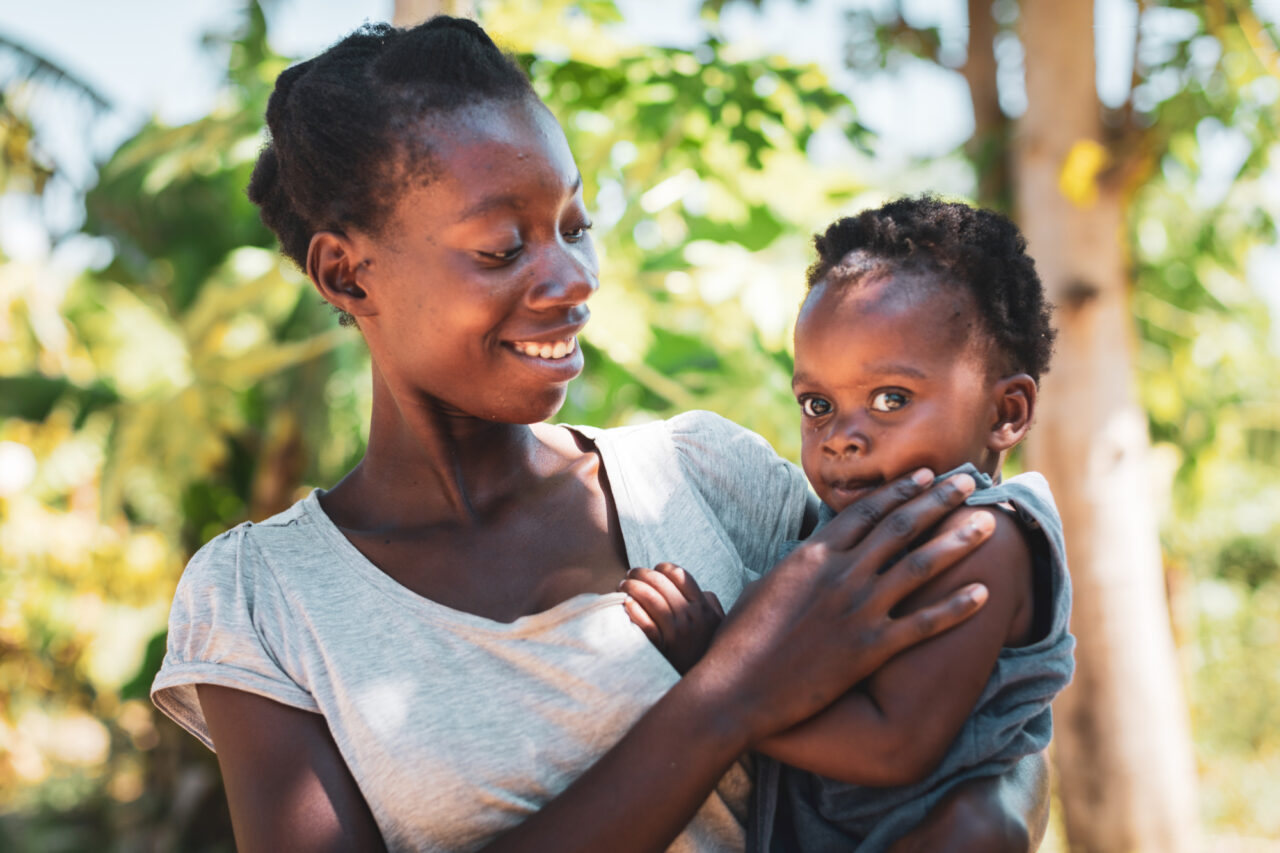
Congenital syphilis is a critical global health challenge that continues to worsen – including in the US – despite being easily treatable. Shockingly, each year, mother-to-child transmission of syphilis results in a combined 200,000 stillbirths and infant deaths, and over 100,000 cases of disabilities. These figures surpass those associated with pediatric HIV, yet global spending on syphilis remains a fraction of the spending on HIV. Babies born with syphilis can experience a range of serious health problems, including organ inflammation, neurological conditions like blindness and deafness, developmental delays, and seizures.
The good news is that addressing congenital syphilis is one of the most cost-effective interventions in global health. By building on existing HIV systems for preventing mother-to-child transmission, the introduction of a dual HIV/syphilis rapid test, which costs just $0.15 more than a single HIV test, can be easily used by healthcare staff to effectively expand syphilis screening and treatment. Syphilis-Free Start’s recent success integrating dual testing into Liberia’s national health system increased the screening rate of pregnant women eightfold, boosting the treatment rate to 88%. With HIV screening rates often exceeding 90%, adopting dual tests can increase syphilis testing to reach millions more women. For those who test positive, there is a simple and inexpensive (less than $1) same-day penicillin injection that can prevent most adverse outcomes. The staggering potential of this unique and highly tractable opportunity — where a relatively modest investment could yield sustained global impact on mothers and their babies — stands ready to be unlocked with increased funding.
Invest where it counts
Some of the most promising, cost-effective solutions remain underfunded and overlooked, spotlighting the biggest opportunities to make a significant, lasting impact on the lives of children and families. By strategically investing in these neglected areas, we can dramatically improve health outcomes for millions while maximizing the impact of each dollar. In concrete terms, with immediate investments, here’s what we could rapidly achieve:
- $6 million per year could reach 10% of the population in Uganda with safe water access (just $1.50 per person)
- $10 million over five years could launch Syphilis-Free Start in another country, protecting thousands of mothers and infants from death or disability caused by congenital syphilis.
- $2.5 million per year could help the Government of Malawi increase and sustain HPV vaccine coverage, shielding thousands of girls from cervical cancer for less than $1.35 per child.
It’s time to prioritize funding where it will have the greatest effect, eliminating these solvable issues, so we can turn our attention to the next frontier of challenges. Together, let’s seize this moment to level the playing field in global health, ensuring everyone has the chance to flourish. The evidence is conclusive, the path forward is clear, and the solutions are already here.
